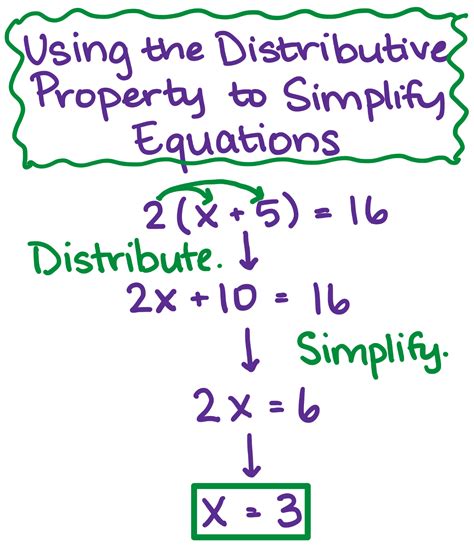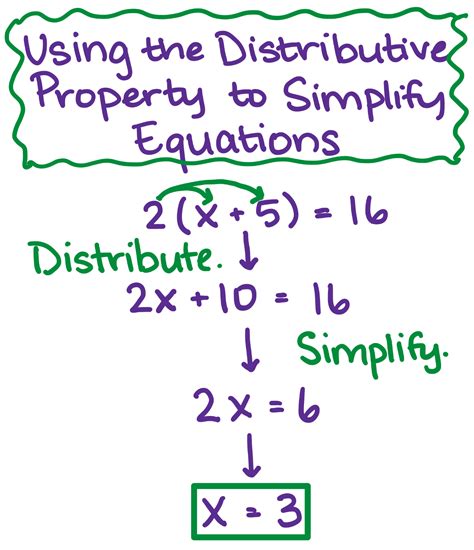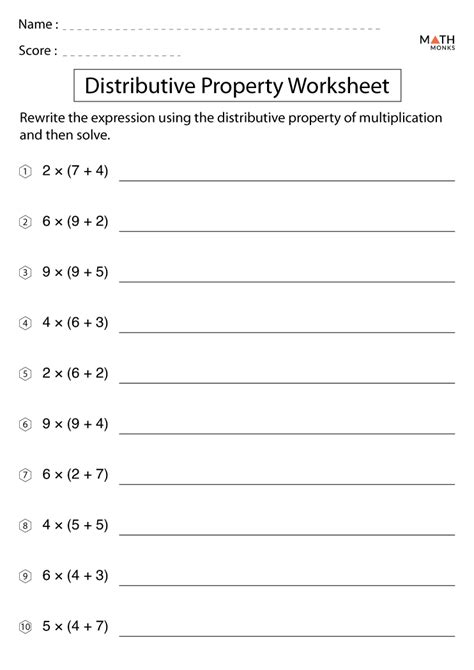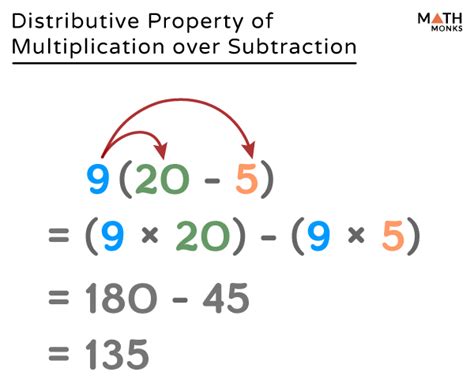a b x c d distributive property in boxes The distributive property states that an expression which is given in form of A (B + C) can be solved as A × (B + C) = AB + AC. Understand the distributive property formula along with . The only time you’re allowed to stop in a yellow box is when you are turning right. You must still make sure your exit road is clear, but you may have to wait for a gap in oncoming traffic before actually turning. If that’s the case, you’re allowed to .
0 · how to use distributive property
1 · how to solve distributive property
2 · distributive property worksheet
3 · distributive property subtraction
4 · distributive property formula
5 · distributive property for sale
6 · distributive property calculator math
7 · distributive properties of addition
ycm is well known for wide-range products of all types of machining centers - vertical, horizontal, complex and high-speed precision mold & die machining center; plus the cnc lathes and turning centers.
Free Distributive Property calculator - Expand using distributive property step-by-step

The distributive property states that an expression which is given in form of A (B + C) can be solved as A × (B + C) = AB + AC. Understand the distributive property formula along with . Simplify \(8 \left(x − \dfrac{1}{4}\right)\) using the distributive property and explain each step. Explain how you can multiply 4(.97) without . Distributive Property Calculator is a free online tool that displays the solutions for the given expression using the distributive property. BYJU’S online distributive property calculator tool makes the calculations faster and it . The Distributive Property states that, for real numbers a, b, and c, two conditions are always true: a(b + c) = ab + ac. a(b - c) = ab - ac. You can use distributive property to turn one complex multiplication equation into two .
The Distributive Property states that if a, b, c are real numbers, then a(b + c) = ab + ac. In algebra, we use the Distributive Property to remove parentheses as we simplify expressions. When . The distributive property refers to the distributive property of multiplication and applies to both addition and subtraction. An expression in the form A × (B + C) is solved as (A × B) + (A × C) using the distributive property.
The distributive property is the rule that relates addition and multiplication. Specifically, it states that \( a(b+c) = ab + ac \) \( (a+b)c = ac + bc .\) It is a useful tool for expanding expressions, evaluating expressions, and .Learning Target: Apply the Distributive Property to generate equivalent expressions. Success Criteria: • I can explain how to apply the Distributive Property. • I can use the Distributive .
Free Distributive Property calculator - Expand using distributive property step-by-step
The distributive property states that an expression which is given in form of A (B + C) can be solved as A × (B + C) = AB + AC. Understand the distributive property formula along with examples and FAQs.Write down the arithmetic equation in the designated box and the tool will simplify it by applying the distribution law, with the steps shown. A distributive property calculator is designed to solve any simple mathematical equation by the basic distribution property. What is Distributive Property In Mathematics? Simplify \(8 \left(x − \dfrac{1}{4}\right)\) using the distributive property and explain each step. Explain how you can multiply 4(.97) without paper or a calculator by thinking of .97 as 6 − 0.03 and then using the distributive property.
Distributive Property Calculator is a free online tool that displays the solutions for the given expression using the distributive property. BYJU’S online distributive property calculator tool makes the calculations faster and it displays the simplification of . The Distributive Property states that, for real numbers a, b, and c, two conditions are always true: a(b + c) = ab + ac. a(b - c) = ab - ac. You can use distributive property to turn one complex multiplication equation into two simpler multiplication problems, then add or subtract the two answers as required. Distributive property of multiplication The Distributive Property states that if a, b, c are real numbers, then a(b + c) = ab + ac. In algebra, we use the Distributive Property to remove parentheses as we simplify expressions. When . The distributive property refers to the distributive property of multiplication and applies to both addition and subtraction. An expression in the form A × (B + C) is solved as (A × B) + (A × C) using the distributive property.
The distributive property is the rule that relates addition and multiplication. Specifically, it states that \( a(b+c) = ab + ac \) \( (a+b)c = ac + bc .\) It is a useful tool for expanding expressions, evaluating expressions, and simplifying expressions.Learning Target: Apply the Distributive Property to generate equivalent expressions. Success Criteria: • I can explain how to apply the Distributive Property. • I can use the Distributive Property to simplify algebraic expressions.Free Distributive Property calculator - Expand using distributive property step-by-stepThe distributive property states that an expression which is given in form of A (B + C) can be solved as A × (B + C) = AB + AC. Understand the distributive property formula along with examples and FAQs.
Write down the arithmetic equation in the designated box and the tool will simplify it by applying the distribution law, with the steps shown. A distributive property calculator is designed to solve any simple mathematical equation by the basic distribution property. What is Distributive Property In Mathematics? Simplify \(8 \left(x − \dfrac{1}{4}\right)\) using the distributive property and explain each step. Explain how you can multiply 4(.97) without paper or a calculator by thinking of .97 as 6 − 0.03 and then using the distributive property.
Distributive Property Calculator is a free online tool that displays the solutions for the given expression using the distributive property. BYJU’S online distributive property calculator tool makes the calculations faster and it displays the simplification of . The Distributive Property states that, for real numbers a, b, and c, two conditions are always true: a(b + c) = ab + ac. a(b - c) = ab - ac. You can use distributive property to turn one complex multiplication equation into two simpler multiplication problems, then add or subtract the two answers as required. Distributive property of multiplication The Distributive Property states that if a, b, c are real numbers, then a(b + c) = ab + ac. In algebra, we use the Distributive Property to remove parentheses as we simplify expressions. When . The distributive property refers to the distributive property of multiplication and applies to both addition and subtraction. An expression in the form A × (B + C) is solved as (A × B) + (A × C) using the distributive property.

The distributive property is the rule that relates addition and multiplication. Specifically, it states that \( a(b+c) = ab + ac \) \( (a+b)c = ac + bc .\) It is a useful tool for expanding expressions, evaluating expressions, and simplifying expressions.
how to use distributive property

sterilite 18 gal 68 l tote box steel

At Yankee Sheet Metal we will do our best job to design flashing to your home in a .
a b x c d distributive property in boxes|distributive property calculator math